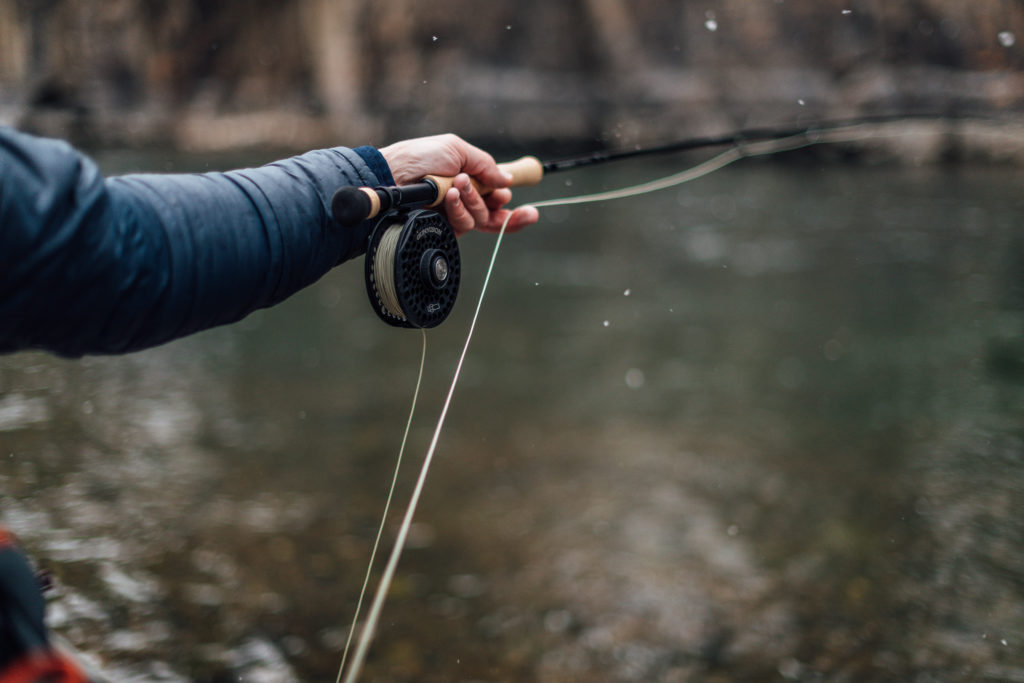Fly fishing is a unique and rewarding way to connect with nature and target various fish species. Start by learning the basics of fly casting and selecting the right equipment. Practice your casting technique in an open area before hitting the water. Understanding the types of flies and how to match them to the fish’s diet is crucial for success. With patience and practice, fly fishing can become a highly enjoyable and fulfilling hobby.
Understanding Fly Fishing Gear
Fly fishing gear differs significantly from traditional fishing equipment. The essential components include a fly rod, reel, and line, along with a selection of flies. Fly rods are typically longer and more flexible, designed to cast lightweight flies. The reel primarily serves as a line storage device, and fly lines are heavier and tapered to facilitate casting. Leaders and tippets connect the fly to the line and should be matched to the fish species and conditions.
Mastering the Fly Cast
The fly cast is the foundation of fly fishing. Start by learning the basic overhead cast, which involves a smooth back-and-forth motion to propel the fly line forward. Practice your casting technique in an open area, focusing on timing and control. Aim to develop a fluid motion that avoids tangling the line. As you gain confidence, experiment with different casts, such as the roll cast and the sidearm cast, to handle various fishing situations.
Selecting the Right Flies
Flies are designed to imitate the natural prey of fish, such as insects, baitfish, and crustaceans. They come in various types, including dry flies, wet flies, nymphs, and streamers. Understanding the life cycle of insects and matching your flies to the local hatch is crucial for success. Research the common insects in your fishing area and select flies that closely resemble them. Carry a variety of patterns and sizes to adapt to changing conditions.
Understanding Fish Behavior and Habitat
Successful fly fishing involves understanding fish behavior and habitat. Fish are often found in areas with abundant food and cover, such as riffles, pools, and undercut banks. Observe the water for signs of feeding activity, such as rising fish or insect hatches. Learn to read the water and identify likely holding spots. By understanding where fish are likely to be and what they are feeding on, you can increase your chances of a successful catch.

Practicing Patience and Observation
Fly fishing requires patience and keen observation. Spend time watching the water and observing fish behavior before casting. Approach the water quietly and avoid making sudden movements that could spook fish. Pay attention to the details, such as the direction of the current and the presence of insects. Being patient and observant will help you make informed decisions and improve your overall fishing experience.
Conservation and Respect for Nature
Fly fishing is deeply connected to nature, and practicing conservation is essential. Follow local fishing regulations and practice catch-and-release whenever possible. Handle fish with care, using barbless hooks and wetting your hands before touching them. Leave no trace by packing out all trash and respecting the natural environment. By preserving the health of aquatic ecosystems, you contribute to the sustainability of the sport.
Joining the Fly Fishing Community
Fly fishing has a vibrant and welcoming community. Consider joining a local fly fishing club or participating in events and workshops. Engaging with other anglers can provide valuable insights, tips, and support. Sharing your experiences and learning from others can enhance your skills and deepen your appreciation for the sport. The camaraderie and shared passion within the fly fishing community add to the overall enjoyment of the activity.
With the right gear, technique, and mindset, beginners can embark on a rewarding fly fishing journey, discovering the beauty and challenge of this time-honored angling tradition.
Image: FlyCrate





